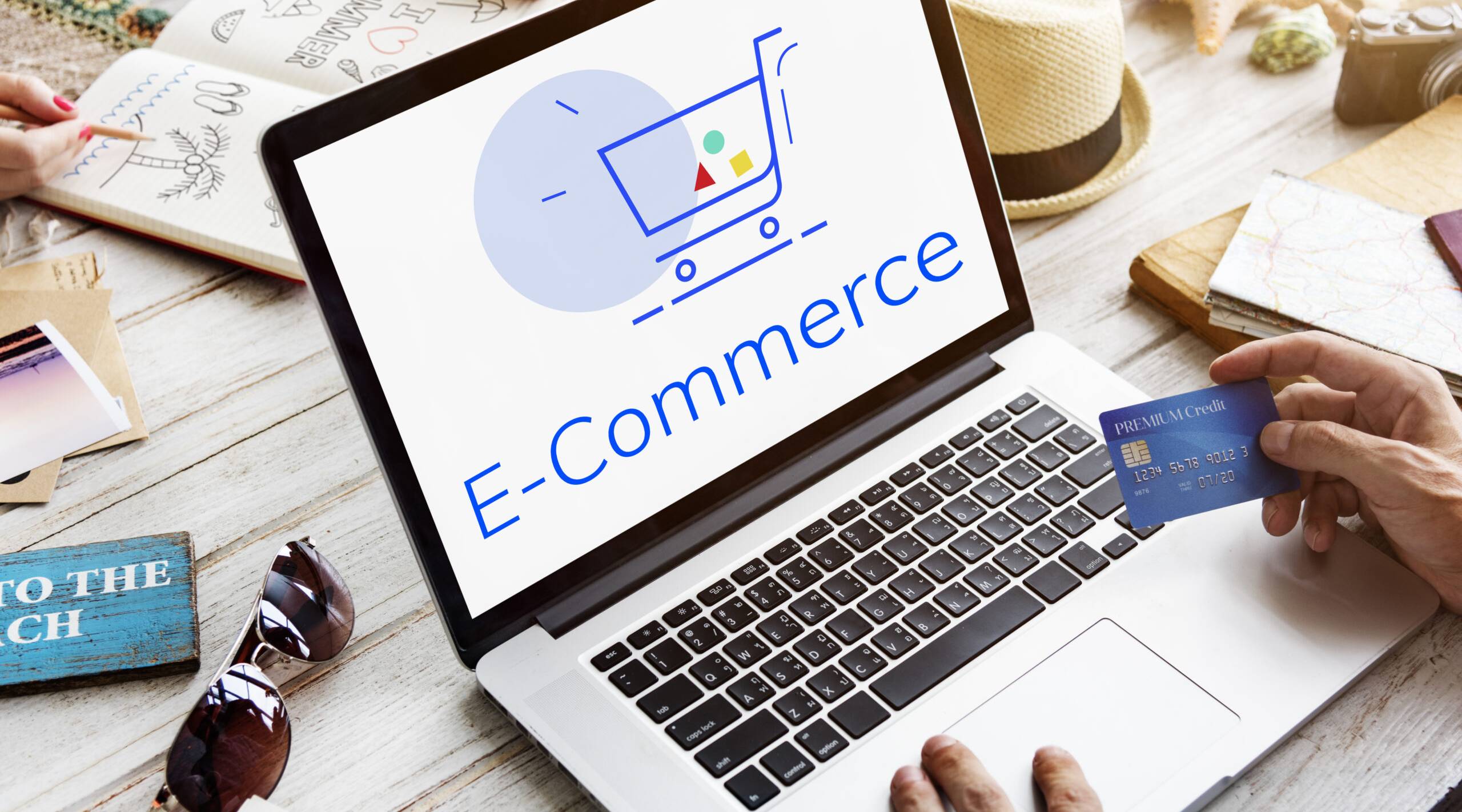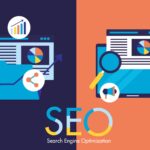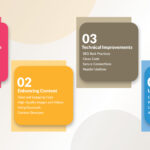In the ever-evolving digital age, the e-commerce sector is experiencing exponential growth, creating vast opportunities for businesses to sell online. With global e-commerce sales expected to reach over $7 trillion by 2025, having a well-designed and strategically developed e-commerce website is not just an option—it’s essential.
Whether you’re a start-up entering the digital marketplace or an established retail brand transitioning from brick-and-mortar to online sales, understanding the fundamentals of e-commerce website development can make or break your success. This post explores key considerations every shopping company should know before launching or revamping their e-commerce platform.
1. Define Your Business Goals and Target Audience
Before diving into the technical aspects, begin by clearly defining your business objectives:
-
Are you selling physical goods, digital products, or services?
-
Do you aim to serve a local market, go national, or expand globally?
-
Is your goal to increase direct-to-consumer sales, improve brand visibility, or streamline B2B transactions?
Understanding your goals helps determine everything from the platform you choose to the design, marketing strategy, and backend integrations. Similarly, knowing your target audience will shape the site’s usability, language, design aesthetics, and features.
2. Choose the Right E-commerce Platform
The platform you build your website on will serve as the foundation for your entire online business. There are three primary types of platforms:
a) Open Source (e.g., Magento, WooCommerce)
Open source platforms offer maximum flexibility and customization. However, they often require a higher level of technical expertise and ongoing maintenance.
b) SaaS (Software as a Service) (e.g., Shopify, BigCommerce)
SaaS platforms are user-friendly and ideal for businesses that want to launch quickly without handling hosting or software updates. They offer scalability but can be limited in customization.
c) Headless Commerce (e.g., Commerce.js, Shopify + custom frontends)
This decouples the frontend (presentation layer) from the backend (commerce logic). It’s great for companies seeking complete design freedom and omnichannel experiences, though it involves more development work.
Choose a platform that matches your budget, technical capabilities, and scalability needs.
3. Mobile-First, Responsive Design
With over 70% of e-commerce traffic now coming from mobile devices, your website must be optimized for mobile use. This means:
-
Fast-loading mobile pages
-
Easy navigation with large buttons
-
Mobile-friendly checkout process
-
Responsive design that adjusts to all screen sizes
Google also uses mobile-first indexing, so a mobile-optimized site can significantly affect your SEO rankings.
4. Prioritize User Experience (UX)
A seamless user experience is critical to reducing bounce rates and boosting conversions. Focus on:
-
Clean, intuitive navigation
-
Well-structured categories and filters
-
High-quality images and videos
-
Clear product descriptions
-
Quick and easy checkout process
-
Visible customer support/contact options
The goal is to make browsing and purchasing as frictionless as possible.
5. Implement Secure and Simple Payment Gateways
Your payment process must be:
-
Secure: Use SSL certificates, PCI compliance, and secure APIs.
-
Simple: Offer multiple payment options like credit/debit cards, PayPal, Apple Pay, Google Pay, and BNPL (Buy Now, Pay Later) options.
-
Transparent: Avoid hidden fees and make return/refund policies clear.
A single checkout issue can drive customers away permanently.
6. Inventory and Order Management
A strong backend system for managing inventory, orders, and shipping is crucial for operational efficiency. This includes:
-
Real-time stock updates
-
Automated inventory alerts
-
Integrated order tracking
-
Flexible shipping options
-
Integration with ERPs or third-party logistics if needed
This prevents overselling, missed orders, and disappointed customers.
7. Optimize for SEO and Site Speed
Your website needs visibility to attract traffic. Search Engine Optimization (SEO) is essential and should be considered from the start:
-
Keyword-rich product titles and descriptions
-
Optimized URLs and meta tags
-
Fast page loading times (aim for under 2 seconds)
-
Schema markup for rich snippets
-
Alt text on all images
Tools like Google Page Speed Insights, GTmetrix, and SEMrush can help identify and fix performance bottlenecks.
8. Leverage Analytics and Conversion Tracking
To grow your online store, you need to understand your customers’ behaviour. Use tools like:
-
Google Analytics for tracking traffic and user behaviour
-
Hotjar or Crazy Egg for heatmaps and session recordings
-
Facebook Pixel and Google Tag Manager for marketing insights
Track metrics such as bounce rate, conversion rate, cart abandonment rate, and average order value to continuously improve your site.
9. Embrace Omnichannel Strategies
Today’s shoppers switch between devices and platforms. Ensure your e-commerce website is integrated with:
-
Social media platforms (Instagram, Facebook Shops, TikTok)
-
Marketplaces (Amazon, eBay, Etsy)
-
Physical retail (POS systems and inventory synchronization)
An omnichannel approach enhances customer engagement and boosts sales.
10. Provide Outstanding Customer Support
Excellent customer service sets great e-commerce businesses apart. Offer multiple touchpoints:
-
Live chatbots or agents
-
Help centre with FAQs
-
Easy return and exchange policies
-
Automated emails for order updates and support
Fast, friendly service builds trust and loyalty, especially when things go wrong.
11. Ensure Scalability
Build with the future in mind. As your business grows, you may need:
-
More product SKUs
-
Advanced search and filtering
-
Personalized product recommendations
-
Multi-language or multi-currency support
-
High traffic bandwidth and server capacity
Plan your tech stack and hosting infrastructure to support scale without performance drops.
12. Invest in Marketing Integrations
Your e-commerce site should seamlessly integrate with marketing tools and CRM systems:
-
Email marketing (e.g., Mailchimp, Klaviyo)
-
CRM tools (e.g., HubSpot, Salesforce)
-
Loyalty programs and referral tracking
-
Affiliate marketing platforms
-
Automation tools for retargeting and abandoned cart emails
These integrations amplify your marketing efforts and drive repeat purchases.
Conclusion
E-commerce website development in Dubai, UAE is more than just choosing a theme and uploading products. It’s about creating a reliable, user-centric, secure, and scalable platform that supports your business goals and delights your customers.
Shopping companies that treat their website as a strategic asset—not just a sales tool—will have a competitive edge in the crowded digital marketplace.
Partnering with experienced developers and staying agile in your approach can make all the difference. With the right foundation, your e-commerce store can become a revenue-generating powerhouse that grows with your brand.
To discuss your project with our experts Call Us or Whatsapp and Email us at info@zwebsolution.com for more information.







